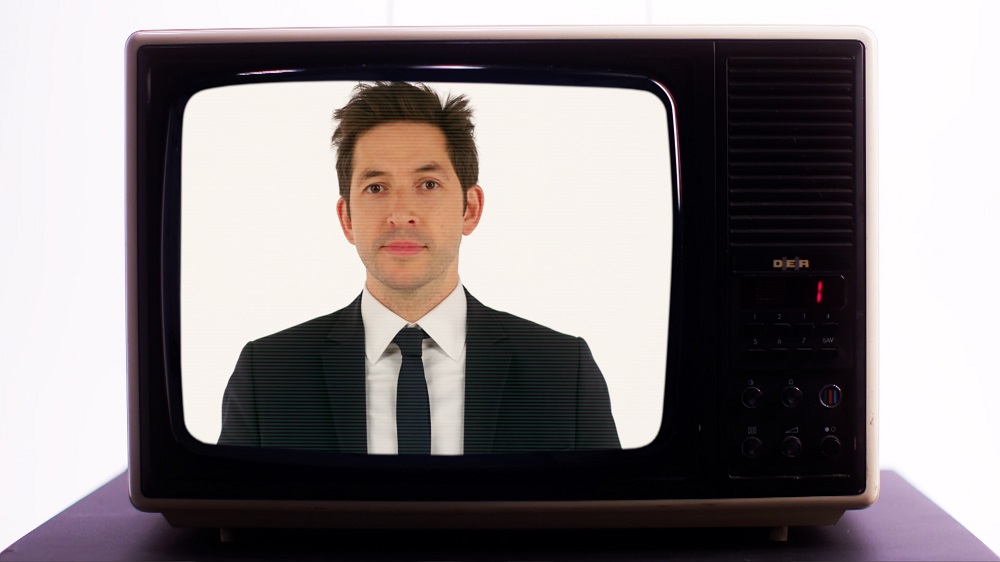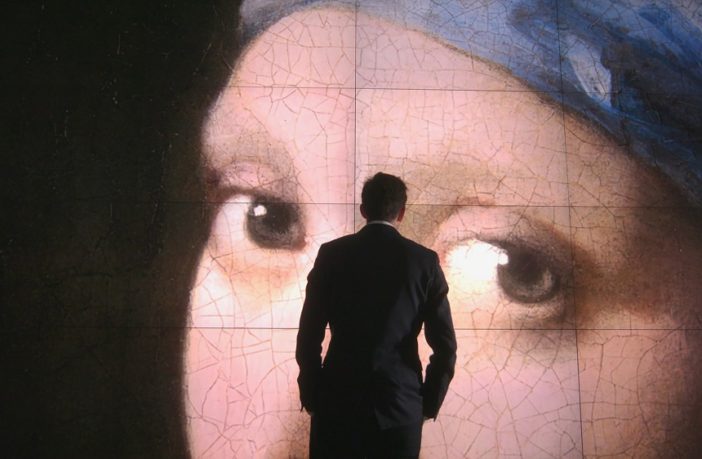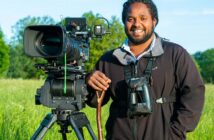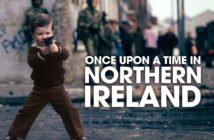A fascinating look at how the image has developed across the ages and transformed our lives comes to television screens in March 2020.
The Age of the Image, a BBC/Open University co-production, tells the chronological and thematic history of the image right from the early 20th century, through commercialisation and up to today’s digitalised world.

Art historian James Fox explores how the power of images has transformed the modern world. This first episode starts at the beginning of the 20th century, when an explosion of scientific and technological advances created radical new ways of looking at the world.
From the impact of aerial photography on modern art to our ability to peer inside the body and freeze time itself, it is a dizzying journey of visual invention, making fascinating connections between the work of artists, filmmakers, photographers and scientists.
In later episodes of this four-part series, Fox explores how the power of images has transformed the modern world.
“Smartphones have creative uses too”
Academic consultants from The Open University have been involved in the production and can shed light on the themes covered.
Prof Marie Gillespie, professor of sociology, has been researching the way the smartphone and imagery taken on it, has informed our understanding of refugees today. She said:
“The war in Syria has been the most documented in history, much of it captured and shared on smartphones. Indeed, while phone cameras have become important tools for many of us, for Syrian refugees they have become an essential tool.
“But smartphones have creative uses too. A new wave of refugee cinema is emerging forged by refugees who use images shot on their mobile devices to produce powerful documentary films.”
She said the use of a phone, particularly on social channels, is not without its critics:
“From critiques of the ubiquitous selfie to proclamations about the end of privacy, the impact of the camera phone continues to provoke fierce debate. Certainly, the images produced and shared on social networks are shaping how we present our public and private selves, how we engage with friends and family, and how we see the world.”
Dr Patrick Wong is a lecturer in intelligent computer systems. His research includes biometrics recognition, image processing and fault prediction and detection. He says:
“The idiom seeing is believing is no longer true in this digital era. With the proliferation of powerful camera phones, which often equipped with multiple cameras, they give everyone chances to take, edit and create spectacular images without using a professional camera and image editing software. Furthermore, with a few touches and wipes, the images can be shared with many people in seconds.
“As the technologies on detecting fake image advances, the same happens to the technologies for generating fake images. It is a race of two big forces.
“In recent years, artificial intelligence has been used to automatically generate fake images that look almost flawless. The technologies have also been made available to the general public and made so easy to be used that anyone can generate an image almost effortlessly. The real impact of these technologies on society is to be seen.”
Read more on the research themes from Prof Gillespie and Dr Patrick Wong.
Age of the Image, is on Mondays on BBC4 up to March 23 and on BBCiPlayer.
This series was commissioned by Broadcast and Partnerships and is supported by Faculty of Arts and Social Sciences and Faculty of Science, Technology, Engineering & Mathematics with particular relevance to BA (Honours) Social Sciences – R23
BA (Honours) Arts and Humanities – R14, and BSc (Honours) Computing and IT – Q62.
- Commissioned by: Dr Caroline Ogilvie, Head of Broadcast & Partnerships
- Academic Consultants: Dr Susie West, Prof. Marie Gillespie and Dr Patrick Wong
- Media Fellows: Dr Joanna Paul, Dr Alison Penn and Dr Claire Kotecki
- Broadcast Project Manager: Matthew Ray
- Digital Content Producer: Alison Duffy-Tang
Visit OpenLearn, the OU’s free learning website, to explore the technology behind ‘deep fake’ image manipulation, and discover the cultural significance of the lens throughout history: https://www.open.edu/openlearn/tv-radio-events/tv/age-the-image



